Plasmonic modes in nanowire dimers: A study based on the hydrodynamic Drude model including nonlocal and nonlinear effects
Summary (expand/hide)
A combined analytical and numerical study of the modes in two distinct plasmonic nanowire systems is presented. The computations are based on a discontinuous Galerkin time-domain approach, and a fully nonlinear and nonlocal hydrodynamic Drude model for the metal is utilized. In the linear regime, these computations demonstrate the strong influence of nonlocality on the field distributions as well as on the scattering and absorption spectra. Based on these results, second-harmonic-generation efficiencies are computed over a frequency range that covers all relevant modes of the linear spectra. In order to interpret the physical mechanisms that lead to corresponding field distributions, the associated linear quasielectrostatic problem is solved analytically via conformal transformation techniques. This provides an intuitive classification of the linear excitations of the systems that is then applied to the full Maxwell case. Based on this classification, group theory facilitates the determination of the selection rules for the efficient excitation of modes in both the linear and nonlinear regimes. This leads to significantly enhanced second-harmonic generation via judiciously exploiting the system symmetries. These results regarding the mode structure and second-harmonic generation are of direct relevance to other nanoantenna systems.
Default Region Image



